Exhibition place:First Floor, Fashion Gallery, China Silk Museum
Exhibition time:2024.6 - 2024.10
Chang'an, known today as Xi'an, rests at the heart of the Guanzhong Plain and is heralded as one of the eminent cradles of Chinese civilization. Throughout history, this venerable city has witnessed the rise and fall of numerous dynasties, including the Western Han, Xin, Eastern Han, Western Jin, Former Zhao, Former Qin, Later Qin, Western Wei, Northern Zhou, Sui, and Tang. For over a millennium, Chang'an has carved its place in history as the most frequented capital, enduring the longest periods of imperial residence, exerting profound influence, and preserving a rich array of historical relics, unmatched in China's chronicles.
During the Han and Tang dynasties, Chang'an stood as the starting point of the ancient Silk Road, serving as a vital nexus connecting the East and West across the Eurasian continent. With its flourishing economy, radiant culture, and open-hearted inclusivity, Chang'an emerged as a magnificent global metropolis and a vibrant hub for cultural exchange between China and the world.
This year commemorates the tenth anniversary of the "Silk Roads: the Routes Network of Chang'an-Tianshan Corridor" being recognized as a UNESCO World Heritage site. For centuries, the Silk Road culture epitomized by Chang'an — renowned for its openness, inclusivity, and mutual exchange — has been revered worldwide. Through the exhibition of archaeological discoveries and exquisite artifacts, we aim to revive the captivating charm of this world city and celebrate the magnificent prosperity of the Silk Road.
Unit 1
The name "Chang'an" as a capital city originated during the Western Han Dynasty, symbolizing the hope for "long-lasting peace and stability." "Surpassing Kunlun and crossing vast seas, reaching distant lands and diverse cultures, spanning up thousands of miles", Chang'an in the Han Dynasty, built from 194 BC, was constructed upon the site of the Qin Dynasty's Xingle Palace. At its height, Han Dynasty Chang'an boasted a population of around 300,000, making it one of the earliest international metropolises alongside Rome.
Chang'an in the Tang Dynasty, established on the foundations of the Sui capital Daxing, was renowned for its orderly layout, magnificent architecture, and vast scale, epitomizing a first-class city of its era. It was also the largest capital in Chinese history, with its population exceeding one million at its peak, making it the most populous city in the world at the time. Foreign envoys, merchants, students, and missionaries journeyed great distances along the Silk Road to pay tribute, trade, study, or make pilgrimages in Chang'an, with many even settling there for generations. Chang'an truly earned the title of the Capital of the World, a beacon of cultural exchange and cosmopolitan splendor.

Unit 2
In the Tang Dynasty, the convergence of an advanced transportation network, a thriving agricultural economy, and the Imperial Court’s enthusiastic support for commerce elevated trade to unparalleled heights. As the national hub of industry and commerce, Chang'an was meticulously structured with separate zones for markets and residential districts, known as "shi" and "fang," maintaining a clear distinction between the two.
The principal markets were situated in the East and West Markets, attracting merchants from all over the world, with a multitude of guesthouses and shops flourishing. The West Market, in particular, was hailed as a world-class trade center, earning the illustrious title of the "Golden Market." In this vibrant hub, gold and silver artifacts, gemstones, glassware, spices, silk, porcelain, and tea were traded and transshipped, fostering a bustling exchange. Moreover, the Markets were a crucible of cultural interchange, where Eastern and Western cultures converged and communicated. The cultural influences borne by imported goods were absorbed and further disseminated, weaving together a rich tapestry of Silk Road civilization.
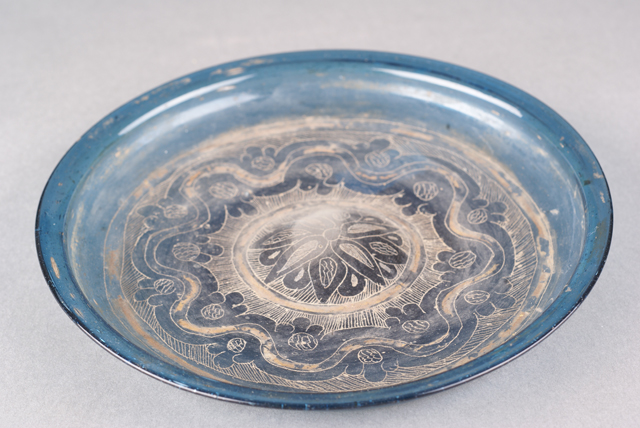
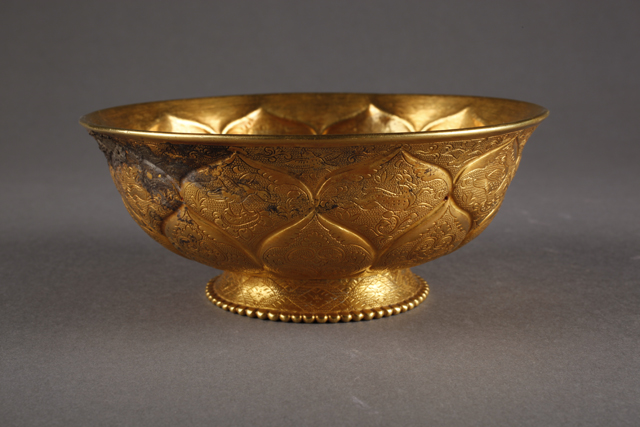
Unit 3
Chang'an is a cultural capital. The inclusive policy has led to the integration of many foreign cultures with local Chinese culture in Chang'an. At the end of the Western Han Dynasty, envoys from the Yuezhi orally transmitted Buddhist scriptures, introducing Buddhism to Chang'an along the Silk Road. The three major religions of West Asia — Nestorianism (Christianity), Manichaeism, and Zoroastrianism — also found fertile ground for growth. Within the bustling metropolis of Tang Chang'an, a multitude of temples and monasteries flourished. Among these were the Daqin Temple of the Syrians, the Guangming Temple of the Uyghurs, and the Zoroastrian fire temples of the Persians, all interwoven into the urban fabric. Chang'an thus became a grand cosmopolis, a beacon of global faiths where diverse spiritual traditions coexisted and thrived.
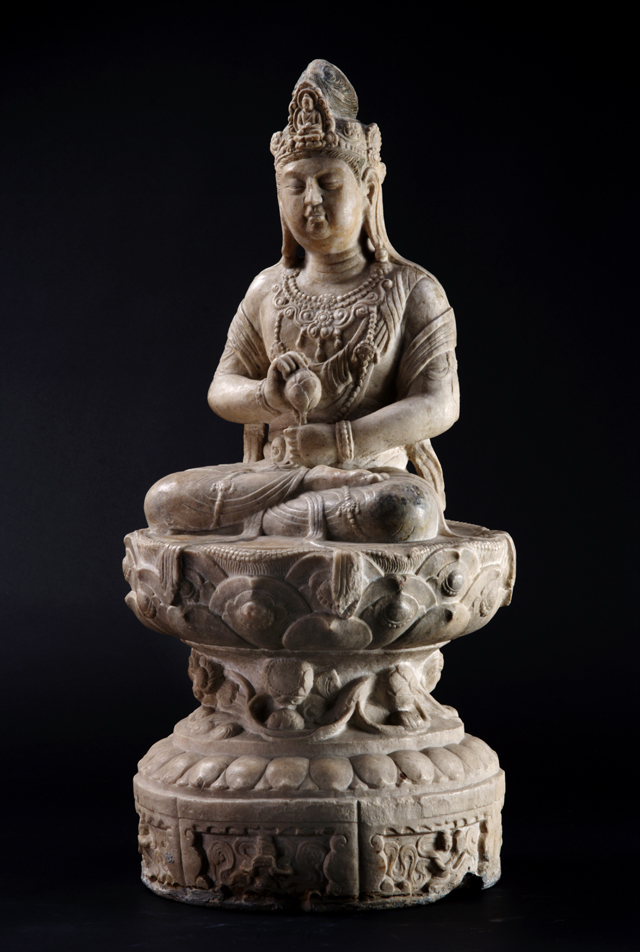
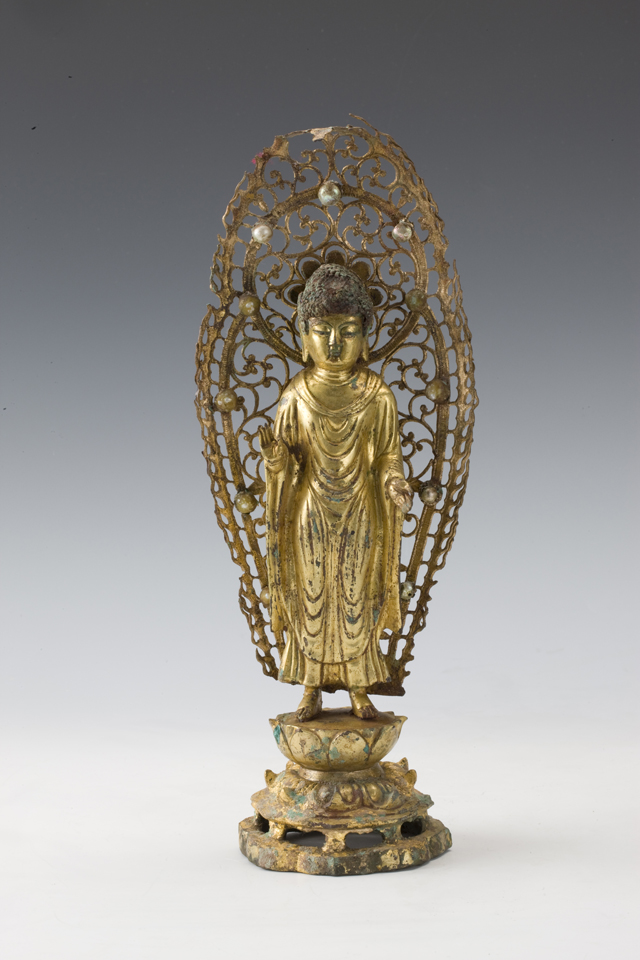
Unit 4
During the Tang Dynasty, Chang'an stood as a beacon of economic prosperity and cultural confluence, fostering a distinctive and innovative aesthetic. The rich tapestry of life in Chang'an led to the rise of dedicated designers, whose "New Tang Style" — a harmonious blend of Eastern and Western elements — swept across the Silk Road, enchanting nations far and wide. The fashion of the era showcased a variety of styles for both men and women, characterized by their lavish, romantic designs and the freedom of personal expression.
The cultural life of Chang'an was equally dazzling, with a plethora of entertainments ranging from poetry and music to dance, painting, and architecture. Grand banquets, refined tea ceremonies, leisurely outings, and thrilling hunts painted a vivid picture of Tang society's vibrancy. This rich cultural milieu showcased the Tang Dynasty's remarkable capacity for inclusivity and innovation, setting the stage for Chang'an to lead the world in matters of culture, art, and lifestyle. Truly, it was the fashion capital of its time.
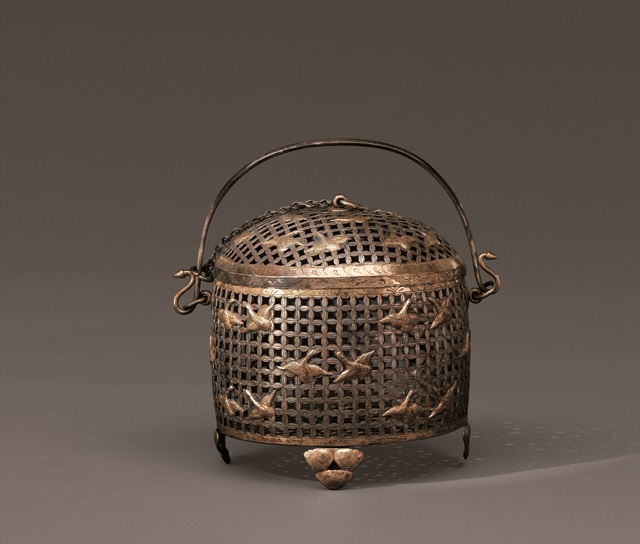

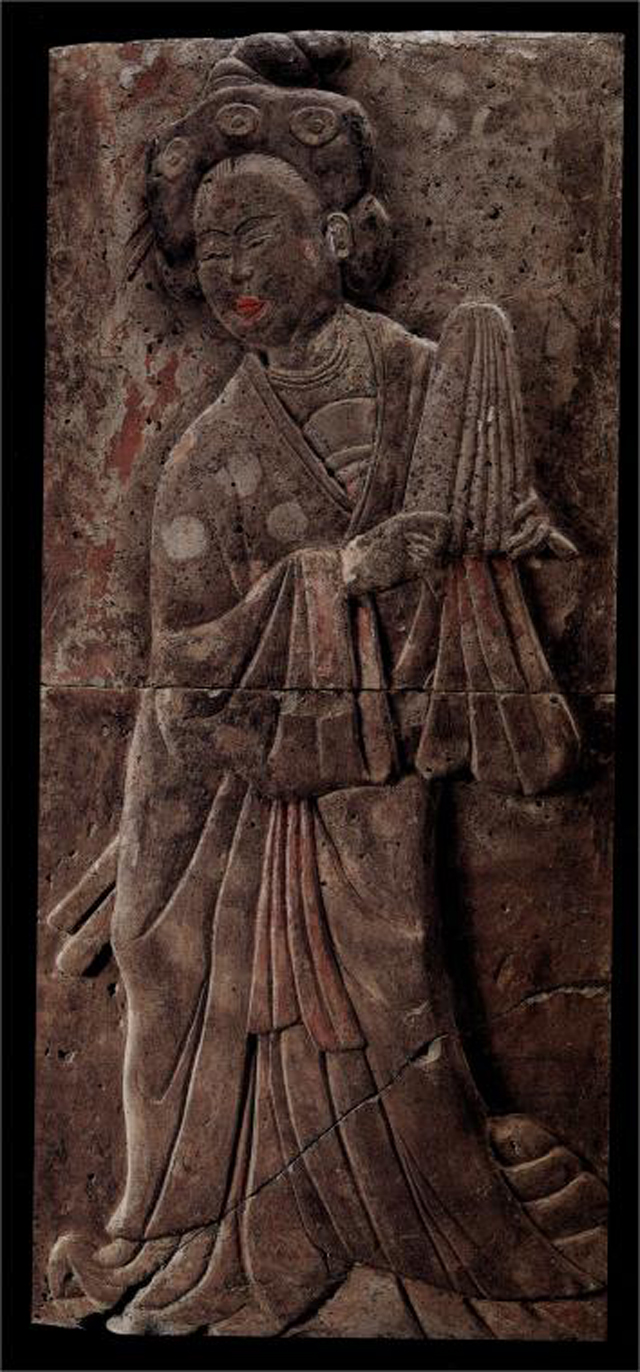
Unit 5
Following the opening up of the Grand Canal during the Sui Dynasty, Hangzhou emerged as a crucial hub within the canal's extensive water system. From the Tang Dynasty onwards, coastal ports such as Mingzhou, Wenzhou, and Taizhou flourished, and together with the Grand Canal, the Qiantang River, and the Eastern Zhejiang Canal, they formed a comprehensive transportation network. The water and land routes between Zhejiang and Chang'an facilitated the movement of people and goods both domestically and internationally, becoming the most vital lifeline connecting northern and southern China since Tang Dynasty.
Chang'an was filled with goods from Zhejiang, while Zhejiang was imbued with the cultural arts and fashion of Chang'an. The constant flow of officials, scholars, merchants, and monks between these regions highlighted the close ties between Chang'an and Zhejiang. This exchange underscored Zhejiang's significant role as a key node on both the overland and maritime Silk Roads, reflecting its importance in the cultural and economic landscapes of the time.
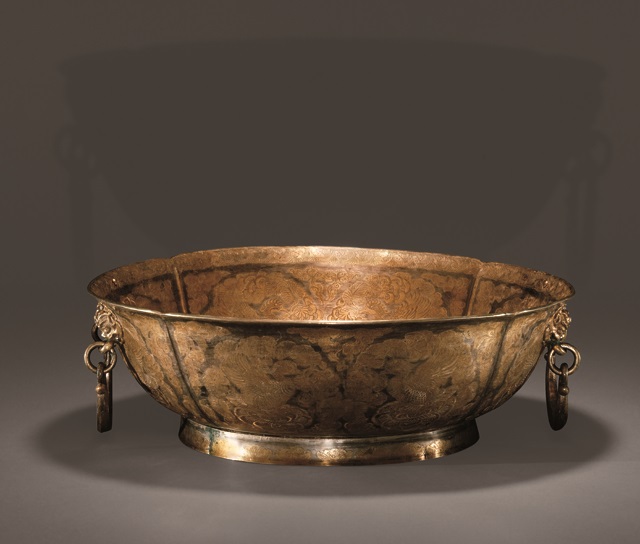
The Silk Road has long served as a conduit for the fusion, exchange, and dialogue between Eastern and Western civilizations and cultures, contributing significantly to the shared prosperity of humanity for nearly two millennia. Along this historic route, ancient Chang'an exemplified a spirit of openness, inclusiveness, diversity, and harmony, embodying the enduring grandeur of the Han and Tang dynasties, and illuminating Chinese civilization on the global stage. Throughout the centuries, the ethos of Chang'an—characterized by openness, inclusiveness, intercultural exchange, mutual learning, and innovative courage—has been lauded by generations and stands as a historical beacon on the path toward the great rejuvenation of the Chinese nation.
Zhejiang, a crucial nexus at both the beginning and end of the ancient overland and maritime Silk Roads, continues to play a pivotal role in the Belt and Road Initiative. The Silk Road, stretching across vast distances and countless epochs, has cultivated a spirit defined by peace and cooperation, openness and inclusiveness, mutual learning, and reciprocal benefits. This enduring Silk Road spirit, carried forward through the ages, remains as vibrant and relevant as ever.
 Pay attention to us
×
Pay attention to us
×